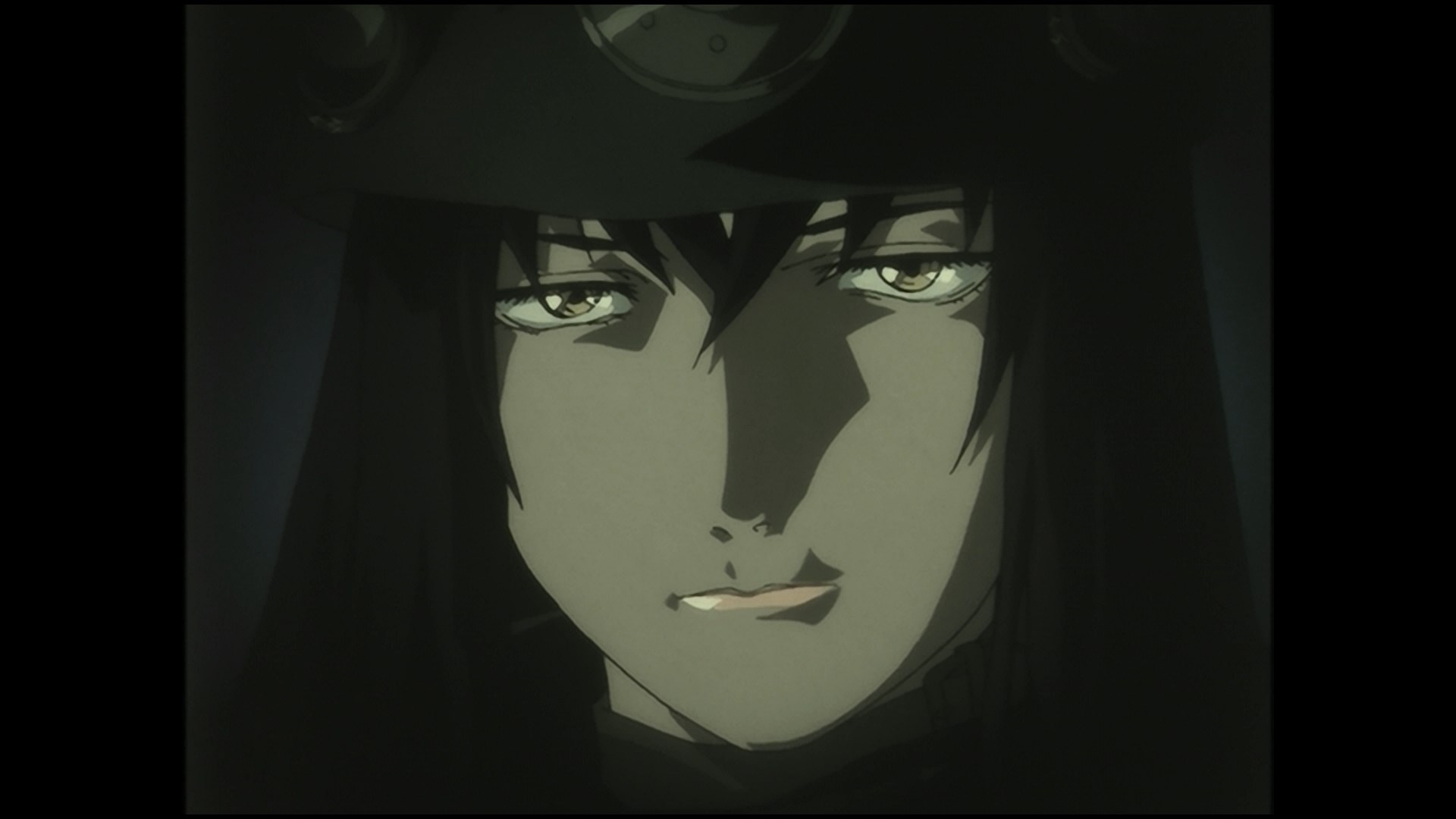Boogiepop Phantom was an anime that came out in 2000 that very much served as a counterpoint to Serial Experiments Lain in the eyes of American anime fans. Both works are dark psychological suspense works containing conspiracies and supernatural elements. Both works are heavy on suspense, and depict their high school-aged protagonists dealing with a heavy weight of intense personal dread, psychological pressure, and often with that trauma based on the burdens of society and how they play on their peers.
However, one work draws directly from an existing franchise – the Boogiepop novels – that had already become a part of – at the time – the cultural zeitgeist of Japan, while the other taps into similar themes. Consequently, Lain struck a stronger chord with American audiences, while Boogiepop was considered somewhat impenetrable when it first came out here. However, now we’re in 2022, the novels have received translated US releases, and several of them were adapted to a 2019 anime that also received a translated US release. So, the question then becomes, how does the show hold up when you have the knowledge to punch through the surface?
To semi-synopsize, if I was to give Boogiepop Phantom a punny subtitle, it would be “Echoes of Manticore”. By way of explanation, the events of Boogiepop Phantom play heavily with the aftermath of several of the novels, particularly the first novel, Boogiepop Doesn’t Smile, and the fourth novel, Boogiepop At Dawn, with a hint of Boogiepop vs. Imaginator. Some of the events of those novels are referenced (and flashed back to) directly, while others have their own spin given to them.
Following a giant pillar of light (which is implied to be the conclusion of Boogiepop Doesn’t Smile) blasting into the sky over the own where the Boogiepop novels are set, various people in town start developing various supernatural abilities. Additionally, a being with abilities similar to that of Manticore also returns, as does another person with Echoes speech patterns, combined with the ability to bring up past, and some times future, memories from people. And on top of all of that, there’s a false Boogiepop floating around, calling itself the Boogiepop Phantom.
The narrative of Boogiepop Phantom is told in a very non-linear fashion, with frequent flashbacks not only to the events of earlier novels, but moving back and forth in character’s personal timelines. For example, the entirety of the first episode is basically a flashback a character is having while they’re washing their hands. These shifts in the timeline aren’t communicated quite as well as similar shifts in, for example, Baccano, but they are evident if you pay attention.

Where I think the series fumbles is one particular element of the visuals. Like Lain, the series uses a muted color palette. However, the palette is accented by a filter over the view with the intent of making it look like there’s light static on the TV signal, or there’s really heavy film grain. With Lain, the series had muted colors, but also very harsh contrasts between light and dark, and particular use of spot color to emphasize specific things in the frame to draw the viewer’s eye. Here it just makes everything kind of muddled – even with characters who are meant to visually stand out from the environment, like Poom Poom, or when the characters are out of the city going to Tokyo in the final episode, the dark visual tone persists. I understand why they’re doing it – it’s to provide a sense of oppression and dread – a visual representation of the pressures – personal, societal, and familial – that the characters are facing. However, the execution makes the visuals a muddled mess.
I’m really glad I watched the show, and honestly, watching this on Blu-ray made the visuals much more clear than I’d imagine they’d be if I watched them on DVD (or VHS) back in the day. I give this a definite recommendation if you’d watched the 2019 series or read the novels, but otherwise, honestly, I’d recommend going through the adaptations or translations of the previous works in the series first. Certainly, some old-school anime fans may argue that watching the work without that context is the more true experience – but that’s an experience that’s only “true” to North American anime fans of a particular age, but which is not true to the work’s artist intent, nor would it be true to the audience of the series when it originally aired.
Boogiepop Phantom is currently available from RightStuf and Amazon (and buying anything through those links supports the site), and is currently available for streaming on Crunchyroll.
If you enjoyed this blog post and would like to help to support the site, please consider backing my Patreon. Patreon backers get to access my reviews and Let’s Plays up to a week in advance.
If you want to support the site, but can’t afford to pledge monthly, please consider tossing a few bucks into my Ko-Fi instead.

